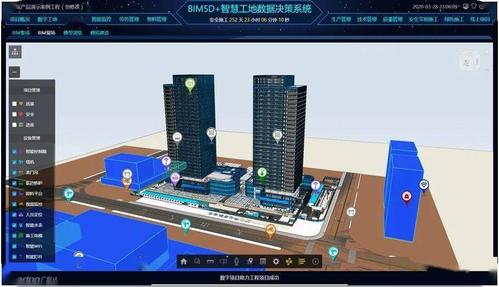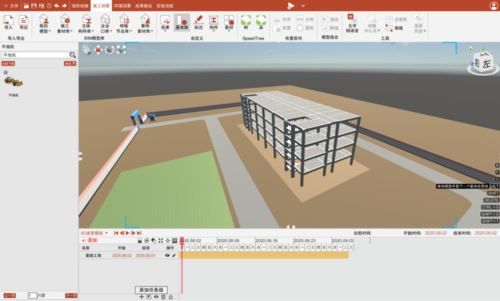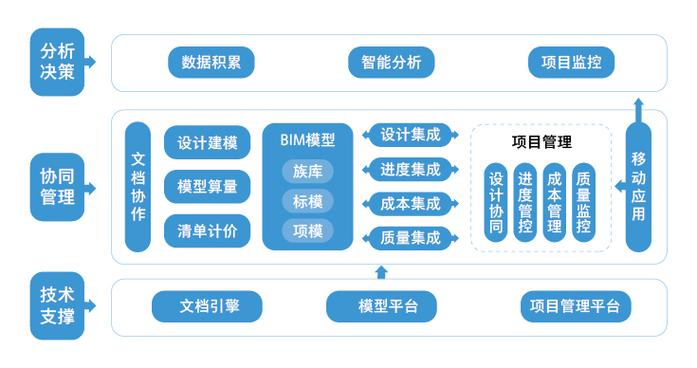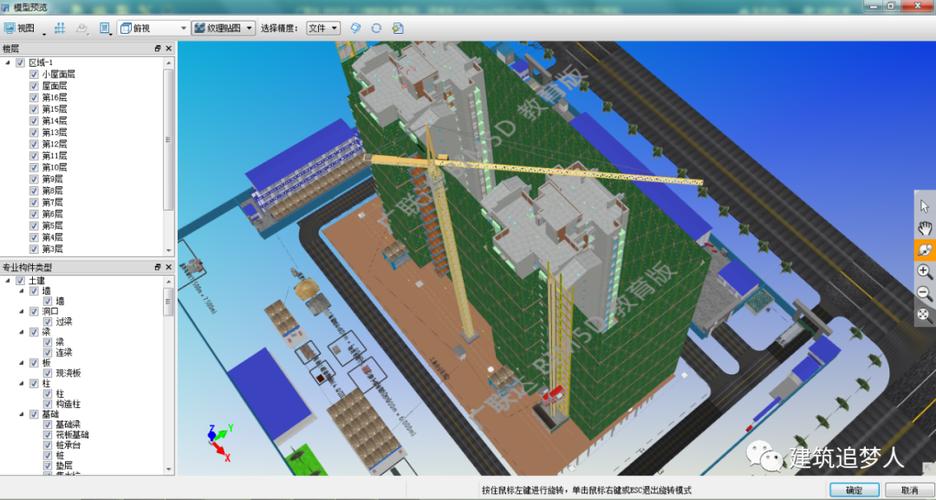
下载app免费领取会员


Building Information Modeling (BIM) coding is a significant aspect of the construction industry that has revolutionized the way projects are managed and executed. BIM coding involves the use of computer programming to create and integrate data-rich 3D models of buildings and infrastructure. These models contain valuable information about the project's design, construction, and operation, making it easier for project stakeholders to collaborate and make informed decisions.
One of the main benefits of BIM coding is its ability to improve project coordination and reduce errors. By coding specific elements within the BIM model, such as walls, doors, and windows, project teams can ensure that all components fit together seamlessly. This eliminates clashes and conflicts that may arise during construction, saving time and costs. Additionally, BIM coding allows for real-time updates and modifications, enabling design changes to be quickly and accurately implemented across the entire project.
BIM coding also enhances communication and collaboration among project stakeholders. By assigning unique codes to different components of the model, architects, engineers, contractors, and owners can easily identify and reference specific elements. This eliminates confusion and misinterpretation, facilitating smoother communication throughout the project lifecycle. Moreover, BIM coding enables the integration of different disciplines, such as architecture, structural engineering, and MEP (Mechanical, Electrical, and Plumbing) systems, ensuring seamless coordination between various teams.
Furthermore, BIM coding enables the automation of various tasks, streamlining project workflows. For instance, coding can be used to generate quantity takeoffs and cost estimates, reducing the time and effort required for manual calculations. This automation improves project efficiency and accuracy, allowing teams to focus on more critical aspects of the project. Additionally, BIM coding facilitates data analysis and visualization, enabling project stakeholders to gain valuable insights and make informed decisions.
Another significant advantage of BIM coding is its contribution to the sustainability of construction projects. By incorporating energy performance and environmental data into the BIM model, designers can simulate and optimize the building's energy consumption and carbon footprint. This allows for the identification of energy-efficient solutions, such as the optimal placement of windows and insulation materials, leading to reduced energy consumption and lower operating costs.
In conclusion, BIM coding plays a crucial role in enhancing project coordination, communication, and automation within the construction industry. By utilizing computer programming to create data-rich 3D models, BIM coding improves project efficiency, reduces errors, and facilitates collaboration among project stakeholders. Furthermore, it enables the integration of various disciplines and promotes sustainability in construction projects. As technology continues to advance, the significance of BIM coding will only grow, making it an essential tool for the future of the construction industry.
.jpg)
本文版权归腿腿教学网及原创作者所有,未经授权,谢绝转载。

推荐专题
























































